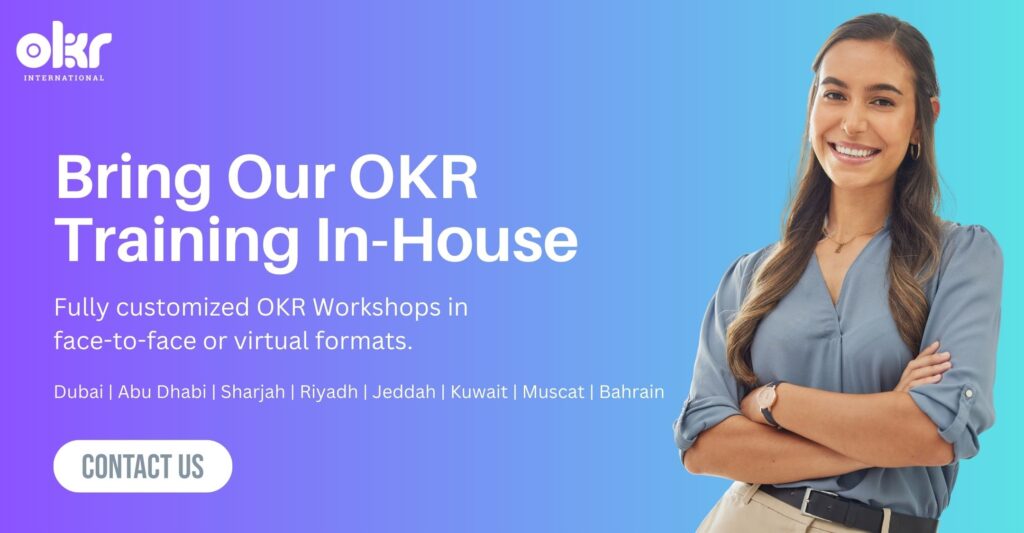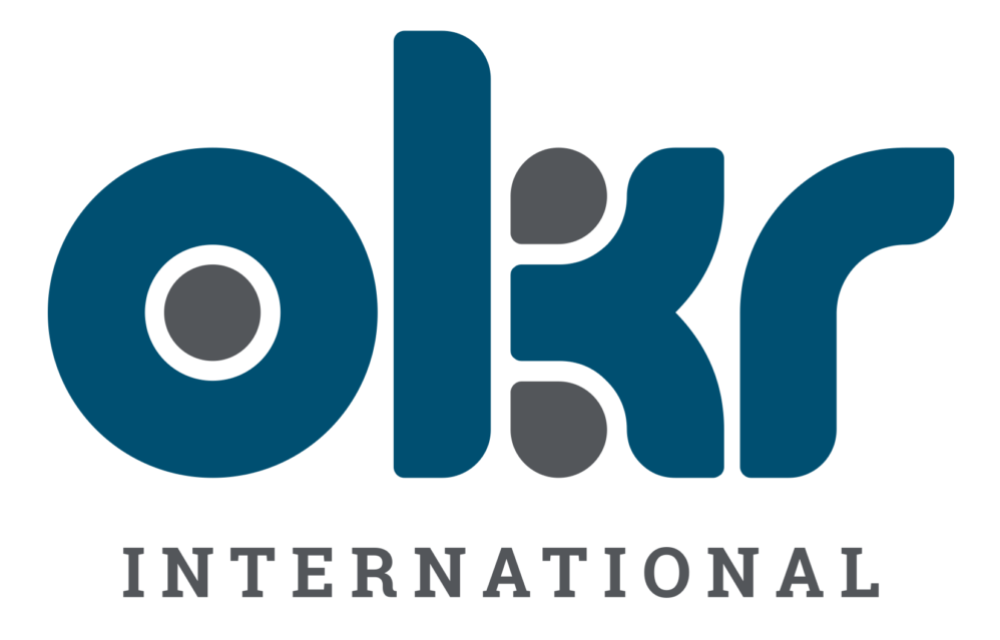Integrating BANI with OKRs
Organizations are now facing levels of volatility, uncertainty, complexity, and ambiguity that were unimaginable just a few years ago. These challenges, often summed up by the acronym VUCA, have become standard, necessitating a more robust framework to manage today’s challenges. Previously reliable strategies now struggle to cope with the dynamic and chaotic nature of the business landscape. This reality demands a significant shift in how leaders approach strategy, decision-making, and goal-setting.
The Need for Actionable Strategies
While BANI helps leaders understand these challenges, it needs to be paired with actionable strategies to build organizational resilience and effectiveness. This is where OKRs—Objectives and Key Results—come in. OKRs provide a structured approach to goal-setting that’s widely adopted across industries. They help organizations align efforts, focus on what matters most, and track progress through measurable outcomes.
The Synergy Between BANI and OKRs
This raises a central question: How can BANI be integrated with OKRs to enhance organizational resilience and effectiveness? By combining the foresight and adaptability emphasized in BANI with the clear, structured approach of OKRs, leaders can create organizations that are not only prepared for disruption but can thrive in it.
What is BANI?
The BANI framework is now essential for leaders navigating the complexities of the modern business world, where unpredictability and rapid change are the norms. Introduced by futurist Jamais Cascio, BANI stands for Brittle, Anxious, Nonlinear, and Incomprehensible. Each part of BANI represents a specific challenge that organizations face today. Understanding these components is crucial for developing effective leadership and strategies.
Brittle: The Hidden Weaknesses in Systems
Brittleness refers to systems that seem strong but lack the flexibility to adapt to stress. When pressure builds, these systems can fail suddenly, much like glass shattering. Brittle systems don’t bend—they break. This often happens without warning, catching those who rely on them off guard.
For example, the Texas power grid failure during the 2021 winter storm highlighted the brittleness of the state’s energy infrastructure. Optimized for mild winters, the grid failed when faced with an unexpected cold snap, leading to widespread outages. This event shows how dangerous brittle systems can be.
Anxious: The Impact of Constant Uncertainty
Anxiety in the BANI framework reflects the uncertainty and fear that can dominate decision-making in unpredictable environments. Anxiety arises when there’s constant anticipation of potential disruptions, making it difficult to plan and act confidently.
A clear example is the retail sector during the COVID-19 pandemic. Rapid changes in consumer behavior and lockdowns led to disrupted supply chains and erratic inventory levels. This caused many retailers to make hasty decisions, which later compounded challenges when demand rebounded unexpectedly.
Nonlinear: Disproportionate and Unpredictable Outcomes
Nonlinear situations are where small actions can lead to disproportionately large and unpredictable outcomes. In a nonlinear environment, minor disruptions can trigger cascading effects that are difficult to foresee or control.
For instance, during the COVID-19 pandemic, the microprocessor industry experienced a sharp decline in demand, leading manufacturers to reduce production. However, the situation reversed quickly as demand for electronics surged. This sudden spike led to significant shortages, affecting various industries. This example shows how nonlinear disruptions can spiral into major challenges.
Incomprehensible: The Challenge of Understanding Complexity
Incomprehensibility in BANI refers to challenges that are so complex they defy easy understanding. These situations often involve multiple, interrelated factors, creating a level of complexity beyond conventional analysis.
A stark example is coral reef bleaching, driven by rising sea temperatures and pollution. The ecological processes involved in reef health and recovery are incredibly complex, involving many interactions. This complexity makes it difficult to fully understand and address the issue, requiring innovative, multi-faceted solutions.
Integrating BANI with OKRs
The complexities of today’s business environment demand strategies that are both resilient and adaptable. The BANI framework—comprising Brittle, Anxious, Nonlinear, and Incomprehensible elements—offers a comprehensive way to understand and navigate these challenges. OKRs provide a structured approach to goal-setting, helping organizations align efforts and measure progress effectively. Integrating BANI with OKRs allows organizations to develop more robust strategies that are better equipped to handle today’s volatility and uncertainty.
The Need for IntegrationIntegrating BANI with OKRs is essential because it addresses the limitations of traditional goal-setting in dealing with today’s complexities. BANI emphasizes resilience, adaptability, and understanding—qualities critical for navigating sudden disruptions and unpredictable changes.
Resilience
BANI highlights the need for systems and strategies that can withstand sudden shocks. By integrating BANI with OKRs, organizations can ensure that their objectives are set with resilience in mind, helping them prepare for unexpected challenges.
Adaptability
In a BANI world, flexibility is key. BANI-based leadership encourages adaptability, allowing organizations to pivot quickly in response to changing conditions. OKRs can be structured to evolve with the environment, ensuring goals remain relevant and achievable.
Understanding
The Incomprehensible aspect of BANI recognizes the complexity of certain challenges. By incorporating this into OKRs, organizations can set objectives that prioritize learning, research, and development, enabling them to navigate complex issues better.
Integrating BANI with OKRs combines the structured approach of OKRs with the adaptive mindset of BANI. This synergy helps organizations maintain clear goals while staying flexible and responsive to the unpredictable nature of today’s world.
Practical Strategies for Integration
Integrating BANI with OKRs involves creating objectives and key results that address the specific challenges highlighted by BANI. Here are practical strategies for achieving this integration:
Objective Setting in a Brittle Environment
In a brittle environment, systems can fail abruptly, making resilience a priority. Organizations should set objectives focused on building redundancy, diversifying resources, and creating flexible systems.
Example: Texas Power Grid
The Texas power grid failure during the 2021 winter storm showed the brittleness of the state’s energy infrastructure. Objectives could enhance resilience by winterizing infrastructure and building interconnections with other regional grids. Key results might include upgrading power plants to handle extreme weather and establishing backup power partnerships.
Reducing Anxiety through Clear Objectives
Anxiety comes from uncertainty and fear of disruptions. To reduce anxiety, OKRs should focus on creating clarity through regular communication, risk assessments, and preparedness training.
Example: Retail Industry During COVID-19
During the pandemic, the retail industry faced anxiety due to unpredictable consumer behavior and supply chain disruptions. Organizations could set objectives to improve demand forecasting and implement crisis management training. Key results might include developing real-time market analysis tools and conducting emergency response drills.
Nonlinear Objectives for Flexibility
In a nonlinear environment, small changes can have large effects. OKRs should be flexible, allowing organizations to adjust strategies as conditions evolve.
Example: Microprocessor Shortages During COVID-19
The microprocessor industry’s experience during the pandemic illustrates nonlinear global supply chains. Objectives could focus on diversifying production and maintaining buffer stocks. Key results might include securing additional manufacturing capacity in different regions and establishing inventory buffers.
Addressing Incomprehensibility with Knowledge-Based OKRs
Some challenges are so complex they defy understanding. OKRs should prioritize research, development, and knowledge acquisition to better navigate these issues.
Example: Coral Reef Conservation
The challenge of coral reef bleaching is a complex and incomprehensible problem. Organizations working in conservation could set objectives focused on international collaboration, funding research, and raising public awareness. Key results might include partnerships with global organizations, publishing research on coral resilience, and launching awareness campaigns.
Leadership in a BANI World with OKRs
Effective leadership is crucial for integrating BANI with OKRs. Leaders must understand the complexities of a BANI environment and have the skills to navigate these challenges while driving organizational success.
Leadership Qualities for Integrating BANI with OKRs
To integrate BANI with OKRs effectively, leaders need specific qualities to thrive in unpredictable environments:
Adaptability
In a BANI world, conditions can change rapidly. Leaders must pivot quickly, adjusting strategies as new information becomes available. Adaptability ensures organizations remain agile and responsive, not rigid and prone to failure.
Resilience
Resilience is the capacity to withstand and recover from setbacks. Leaders must build resilience by setting OKRs that prioritize redundancy, diversification, and long-term sustainability. This also involves maintaining morale and motivation during tough times.
Strategic Foresight
Anticipating future challenges is essential in a BANI environment. Strategic foresight involves looking beyond immediate concerns to understand broader trends and potential disruptions. Leaders with foresight set OKRs that prepare the organization for future scenarios.
Transparency and Communication
In a world marked by anxiety, clear communication is vital. Leaders must ensure teams understand strategic decisions and are kept informed about progress toward key objectives. Transparency builds trust and reduces anxiety, allowing teams to focus on their goals.
Stakeholder Engagement
Engaging stakeholders—both internal and external—is critical for success in a BANI world. Leaders must involve stakeholders in goal-setting, ensuring their perspectives are considered. This approach strengthens relationships and aligns organizational objectives with stakeholder needs.
Leadership Strategies at Different Levels
Leadership in a BANI world requires a multi-level approach, with strategies implemented across the organizational, system, and leadership levels to ensure comprehensive integration of BANI with OKRs.
Organizational Level: Building Resilience through OKRs
At the organizational level, leaders should set OKRs that enhance overall resilience. This might include objectives related to diversifying revenue streams, improving supply chain flexibility, or investing in technology to increase operational robustness.
Example: A technology company could set an OKR to develop a new product line that reduces dependence on a single market segment, decreasing brittleness. Key results could track progress in research, market analysis, and product launch milestones.
System Level: Aligning Systems with BANI Principles
Systemic changes are necessary to align the organization’s infrastructure and processes with BANI principles. Leaders can implement OKRs that drive system-level improvements, such as upgrading IT infrastructure or creating cross-functional teams.
Example: In the energy sector, a utility company might set an OKR to integrate renewable energy into the grid to increase resilience. Key results could include the percentage of energy from renewables, reduction in outages, and backup power solutions.
Leadership Level: Training and Crisis Management
At the leadership level, developing the skills to navigate BANI challenges is crucial. Leaders should set OKRs that focus on leadership development in crisis management, strategic foresight, and adaptive leadership.
Example: An organization might set an OKR to train senior leaders in crisis communication and decision-making under pressure. Key results could include completing training programs, performance in simulations, and implementing new crisis management protocols.
Conclusion: A Call to Action
Organizations can no longer rely solely on traditional approaches to goal-setting and strategy. The BANI framework—Brittle, Anxious, Nonlinear, and Incomprehensible—offers a crucial perspective on today’s challenges, while OKRs provide a structured method for achieving success. By integrating BANI with OKRs, leaders can build organizations that are not only resilient and adaptable but also better equipped to thrive in the face of complexity and uncertainty.
Encourage Leaders to Incorporate BANI Principles
As a leader, it’s crucial to adapt to the realities BANI highlights. By incorporating BANI into your OKR processes, you can create a more agile, responsive, and resilient organization. This approach helps you anticipate disruptions, manage uncertainty, and navigate business complexities with strategic foresight.
Actionable Steps for Integrating BANI with OKRs
Conduct a BANI Assessment
Evaluate your organization’s vulnerabilities by examining brittleness, anxiety, nonlinearity, and incomprehensibility. Identify at-risk areas and prioritize them in your OKR planning.
Redefine Your Objectives
Set objectives that address the challenges identified in your BANI assessment. For example, if your organization is brittle, focus on resilience, such as diversifying your supply chain.
Incorporate Flexibility into Key Results
Design key results that allow for iterative progress and adaptability. Set milestones that can adjust to real-time feedback and changing conditions.
Enhance Stakeholder Communication
Develop protocols to keep stakeholders informed and engaged throughout the OKR process. Clear communication helps manage anxiety and aligns everyone with the organization’s goals.
Invest in Leadership Training:
Equip your leadership team with skills to navigate BANI challenges, including crisis management and adaptive leadership. Leaders who embrace BANI principles are better prepared to guide teams through uncertainty.
Monitor and Adjust
Regularly review your OKRs in the context of BANI. Monitor progress, gather feedback, and be ready to adjust as new challenges and opportunities arise.
By taking these steps, your organization can integrate BANI principles with OKRs, positioning itself for success in an unpredictable world. Embrace the opportunity to lead with resilience, adaptability, and foresight—qualities essential for thriving in the BANI environment.





